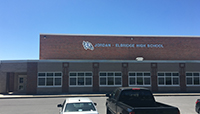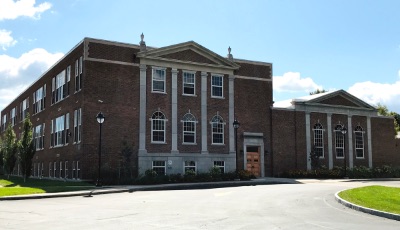 |
High School (9-12) |
 |
Jordan-Elbridge Middle School (6-8) |
 |
JEDIS (4-5) |
 |
Elbridge Elementary (3YP-3) |
| Jordan-Elbridge Main Number | 315.689.8500 |
| Superintendent's Office | 315.689.8500 ext 5002 |
| Athletics | 315.689.8500 ext 1007 |
| Business Office | 315.689.8500 ext 5114 |
| Food Services | 315.689.8500 ext 5701 |
| Human Resources | 315.689.8500 ext 5102 |
| Transportation | 315.689.8500 ext 5601 |
